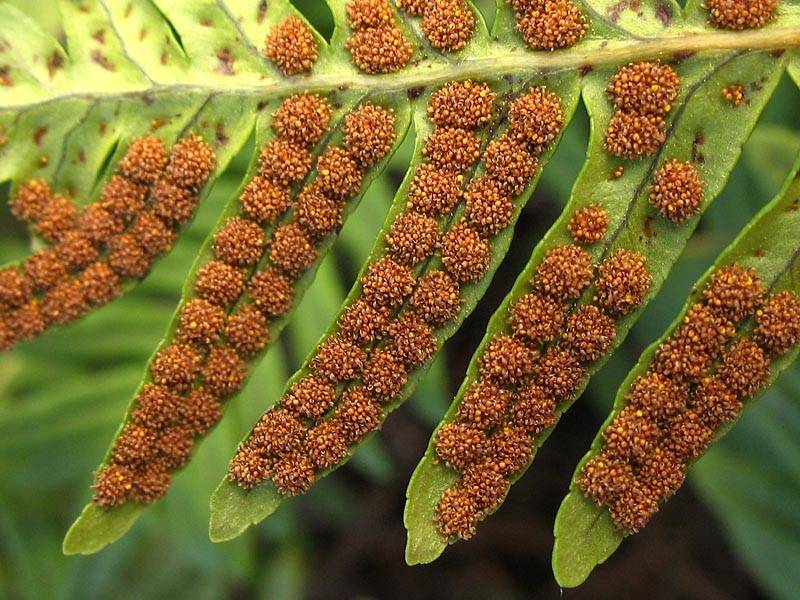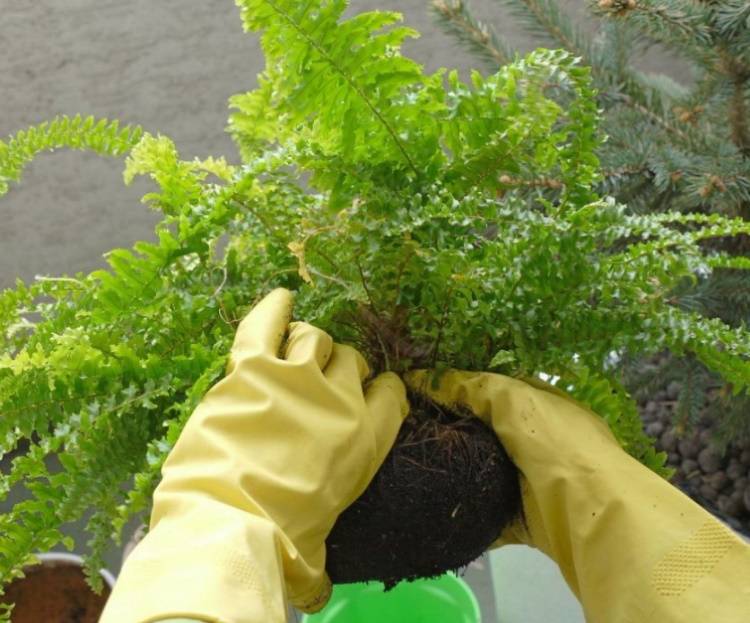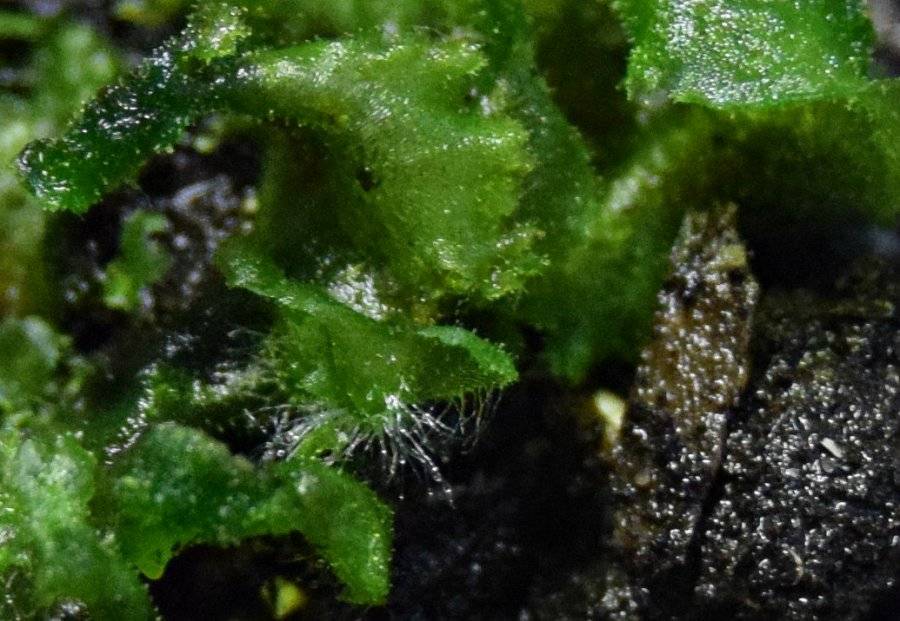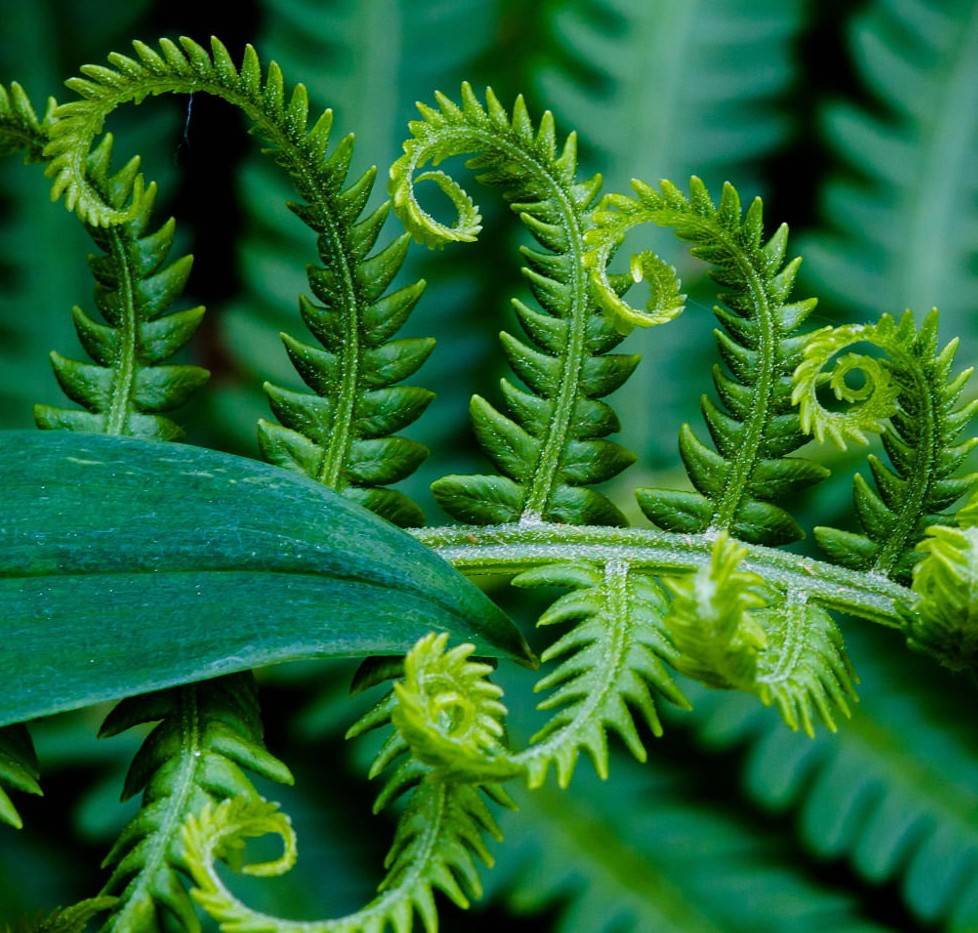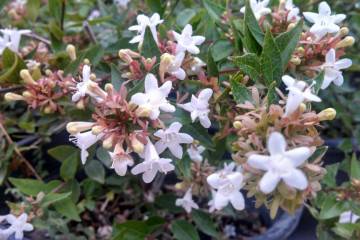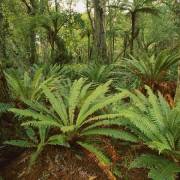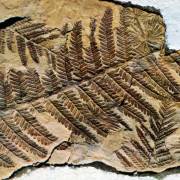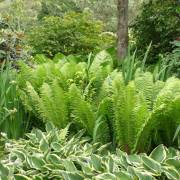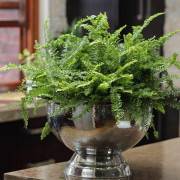Fern life cycle - stages of development and reproduction
Content:
It is believed that ferns existed over 358 million years ago. These are the oldest of the spore cultures. If we take modern coal, it is precisely the result of the rotting of ancient plants, including ferns. In the family, the most studied are the bracken, ostrich and male dwarf. In the cycle of development of ferns, as well as in horsetails, lymphoids, the sporophyte dominates.
Features of the fern life cycle
Whether a fern actually blooms or is it a delusion, a person has been interested in since ancient times. To clarify the issue, you should trace the cause-and-effect relationship. As you know, the flower of a plant, after wilting, forms a testis. That is, if a certain culture is grown from seeds, then initially there should be flowering. At least some buds should form and blossom.
Seed propagation occurs according to the classic scenario:
- seeds are sown;
- sprouts appear;
- a young plant is formed from the shoots;
- the plant reaches maturity;
- blooms;
- after the withering of the bud, a testis appears in its place;
- the seeds are ripe and ready for new sowing.
In the case of fruit crops, the seed material forms and matures within the fruit. These can be seeds or seeds.
Meanwhile, the oldest plant on the planet, the fern, reproduces by spores. The seeds have nowhere to come from, since the flowers do not bloom. By the way, mosses, horsetails, placunas also belong to the group of secret wives.
From this fact it follows that the fern does not bloom. Another point of view is connected exclusively with mysticism. The legend became especially popular after the release of the film about the night on Ivan Kupala. Tradition says that on this night the plant blooms with an amazing red flower. Anyone who sees him will find happiness.
Human delusion is also understandable. It occurs based on the shape and color of the spore dust. It accumulates on the seamy side of the sheet as a reddish-brown cloud. An accumulation of bright spores may well be mistaken for flowers. Sometimes spherical curls along the contour of the leaf are confused with buds.
The main stages of fern development
More than 3 hundred genera and about 10 thousand species have been studied in the fern family.
Depending on the growing conditions, ferns are short and tall. On average, the height of the bush is 0.3-1 meters. Members of the family prefer moist shady areas of the forest. For humans, these plants mainly play a decorative role. Although there are edible species (bracken, ostrich), and some are medicinal. For example, the rhizomes of male dwarf are used for the manufacture of an anthelmintic agent.
Initially, the plant can only reproduce by spores. All other breeding methods are based on an existing plant. For example, dividing the rhizome, planting processes or lateral buds.
So, matured and fallen spores go through cycles of sporophytes and gametophytes. The life cycle of a fern includes a sequence of phases:
- disputes ripen;
- an outgrowth (gametophyte) develops from a fern spore;
- germ cells are formed - sperm and eggs;
- a zygote is formed;
- the embryo grows;
- a new bush grows.
This completes the fern development cycle. The young plant will repeat it again. As a result, the duration of the sexual development cycle is very short.
Gametophyte stage
Initially, spores form and mature on the underside of the leaf plate. Then they are separated from the leaf and spread throughout the territory. The spore, fixed on the soil surface, germinates and turns into a fern gametophyte, a process similar to a heart. Instead of roots, it has filamentous rhizoids.
The fern is bisexual. Eggs and sperm cells mature in different pockets. Water is required to meet them. This stage is called sexual.
Sporophyte stage
Fern sporophyte is an outgrowth. The shape of the overgrowth assumes a slow flow of water over the surface. The droplets trapped at the bottom contribute to the advancement of the sperm to the egg. Fertilization occurs. The resulting cell (zygote) is the basis for the formation of a sporophyte. This is the asexual generation of the fern.
Reproduction of ferns at home
How ferns reproduce depends on the growing conditions. In its natural environment, it reproduces:
- disputes;
- shoots.
In domestic breeding, spores are rarely used. The easiest and most effective is vegetative reproduction. The new plant is obtained from:
- share;
- rooted cuttings and shoots (lateral aerial shoots);
- brood buds.
Vegetative propagation
A lateral shoot can be described as an arrow or tendril on a leaf blade. It is she who is used for reproduction. It is enough to put another container with soil next to the pot, bend and dig an arrow on it. In a wet substrate and in the light, the tendril will take root in 1.5-2 months. Further, the young plant can be separated from the mother bush and grown as usual.
Another vegetative method is the rooting of brood buds. Such a lateral process appears on the petiole of the leaf plate. The formed bud takes root well in a fertile, moist substrate.
A very simple breeding method is dividing the bush. The procedure is carried out with an adult plant. The process looks like this:
- The soil in the pot is watered abundantly.
- The bush is pulled out.
- The root system is divided into several parts.
- Each section is planted in a separate container.
For the good development of an indoor flower, the following conditions should be observed:
- Maintaining high humidity. Especially after turning on the heating devices. You can put a container with water next to the pot, constantly moisten the expanded clay in the pallet, spray it with warm, settled water several times a day.
- Watering exactly on schedule. After that, the water should be drained from the pallet.
- Fertilization. The plant assimilates the top dressing better in dissolved form. The frequency of application is at least twice a month. It is preferable to use special formulations. You need to start feeding in the second year after planting.
- Lighting. The culture requires long daylight hours, but in lace shade or shading. In winter, south windows are suitable, and when it's hot - east and west.
- Temperature. The optimum is considered from +22 to +25 degrees.
Sexual reproduction by spores
Sowing with spores for horticultural cultivation is carried out after the onset of stable heat. To obtain a home plant, spores can be sown in spring and fall. Only mature spores are suitable for sowing. Sowing process:
- The soil is being prepared.
- Moisturizes well.
- Spores are sown.
- A layer (2-3 cm) of soil is poured over them.
- The container is covered with foil.
After the emergence of the overgrowth, the film opens gradually.
Fern propagation in the natural environment
The scheme and description of fern reproduction in nature are as follows:
- A sporangium with spores inside is formed on the leaves.
- Ripe spores break off from the mother bush and spread through the area with the help of water or wind.
- Under optimal conditions, the spore forms an overgrowth and rhizoid is attached to the soil.
- On the seamy side of the outgrowth, female and male reproductive cells ripen, fertilization occurs.
- A zygote is formed from a fertilized cell. From it, the root system grows into the ground.
For indoor breeding, perennial ferns are perfect. The possibility of obtaining a new plant in several ways only makes the process easier. Tellingly, the absence of flowers does not in the least detract from the decorativeness of the ancient culture. Whether a fern is blooming or just a beautiful legend doesn't matter. In addition, the versatility of the fern attracts. It can decorate both living quarters and public places. The main thing is to adhere to the simple rules of caring for him.


